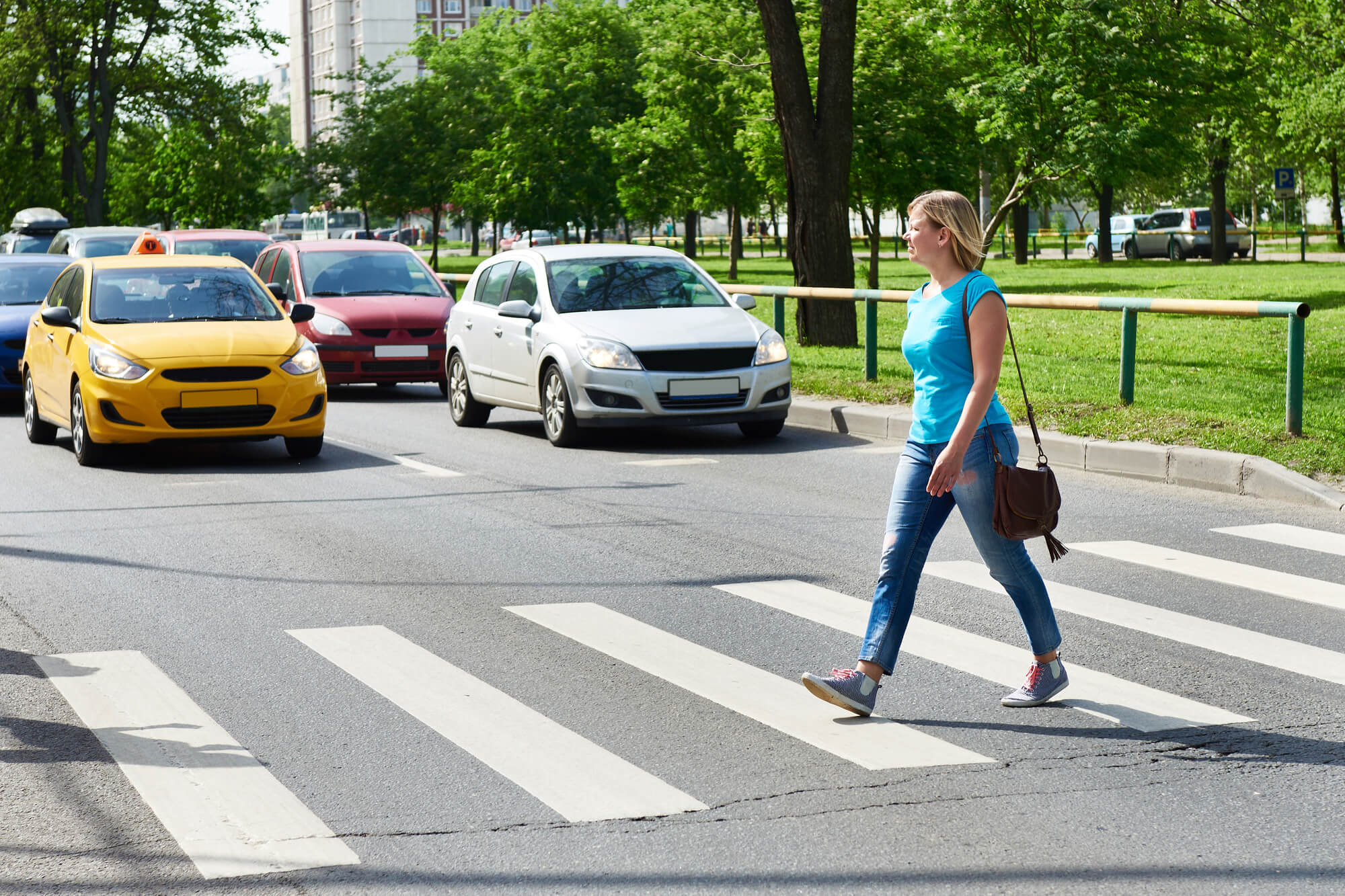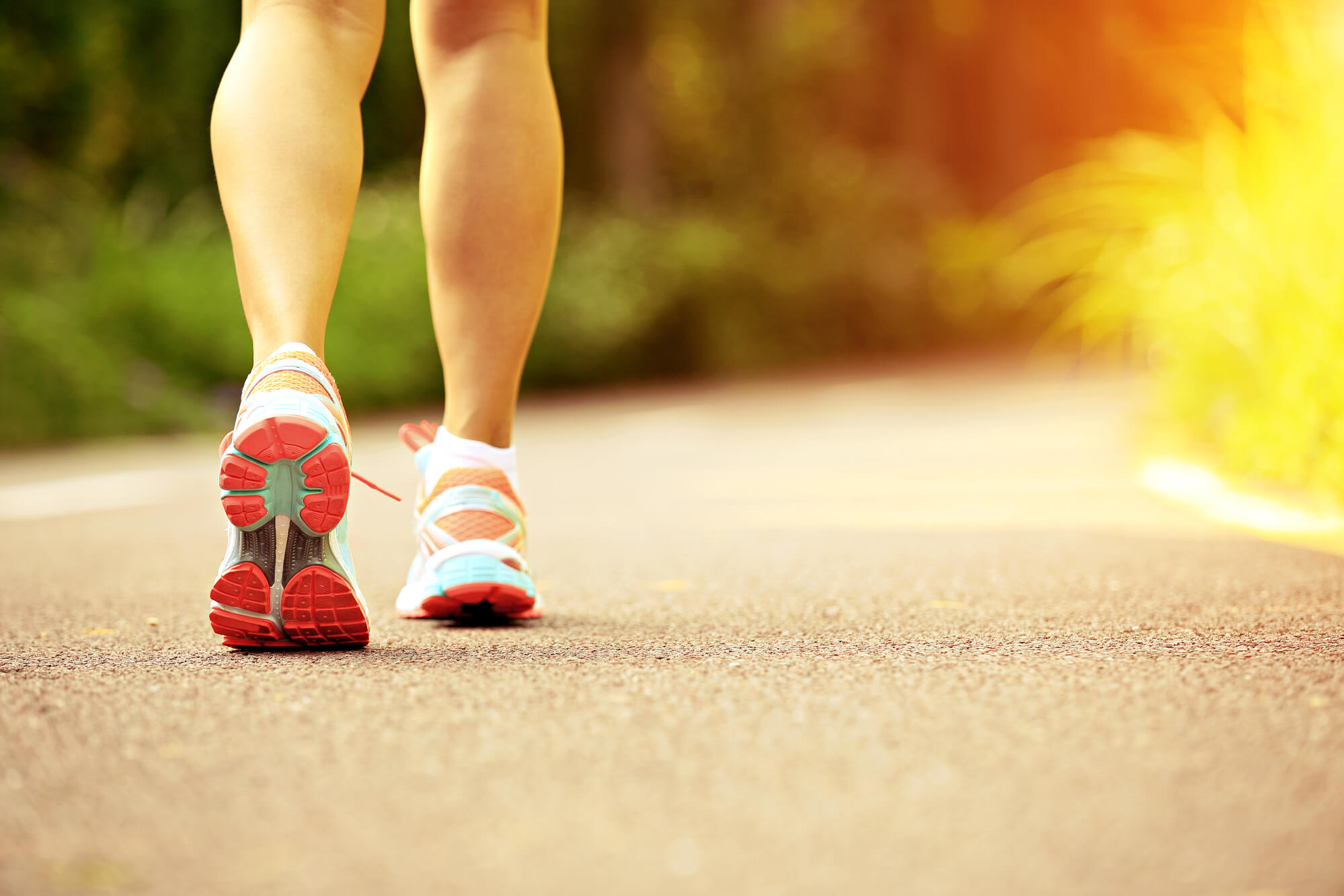Brain Injury Prevention
A head injury only takes a moment to happen but it can leave impacts that last a lifetime. Brain injuries are caused when there is a sudden jolt to the head or body. It can happen when you’re playing sports, in a car crash or fall. It is so important to protect your brain. Here are some steps you can take to try to keep yourself, and your brain, a little bit safer:
1. Wear a Helmet.
There is a reason helmets are worn across so many sports and activities. Studies have shown helmets help reduce the risk of death or serious injury during a collision or fall because they absorb the shock of the impact instead of your head. If you are playing a contact sport, like football, hockey or boxing, riding a horse, playing baseball or softball, hitting the slopes, skateboarding or riding a bike you should wear a helmet. Most sports have specifically designed protective gear. Make sure you pick gear made for your activity, it was made to protect you from the most likely impacts and provide you with maximum safety. It is also important to remember, your helmet is only as good as its fit. Here are the things you want to look for when picking a helmet:
a. Not move in any direction when placed on your head
b. Your helmet should feel snug but also comfortable
c. Have a buckle to keep it secure
d. Sit level on your head, not too far back and not too far forward

2. Buckle Up.
Being in a car accident can easily cause a traumatic brain injury, especially if you are not buckled up. Always make sure you are wearing a seatbelt when you are in a car. To protect young passengers' developing brains, it is incredibly important children are in the appropriate car seats and booster seats for their weight and height. Children 12 and younger should always sit in the back seat of the car.

3. Be Alert.
According to 2017 data from the CDC, roughly one pedestrian died every 88 minutes in a traffic accident. You do not need to be in a car to get a traumatic brain injury from a car. Unfortunately, when you are walking or playing near roads, you are at risk. But following traffic signals, always looking both ways before you cross the street, using designated crosswalks and making eye contact with drivers can help you stay safe. You should always walk on the sidewalk but if one isn’t available, walk against traffic, so you can watch the cars coming toward you. Also try to wear bright colors of reflective clothing (especially late at night or early in the morning) to make sure drivers see you.

4. Stay on your Toes.
As we get older, we start to lose our balance, which can put us at greater risk of falling and hitting our heads. To reduce this risk, actively work on your leg strength and coordination. It is also a good idea to talk to your doctor to see if any of your medications may interfere with your balance by causing you to feel dizzy or sleepy. If they do, see if there may be an alternative medicine.

5. Create a Safe Haven.
We spend a lot of time in our homes and it is important we make them as safe as possible. Consider small upgrades to help everyone avoid an unexpected fall. Make sure there is a bathmat on slippery tile floors. You may even consider adding anti-slip bathmats to the bottom of your shower or tub. Make sure there are railings for all of the stairs inside and outside of your home. If you have young children, install baby gates at the top and bottom of your stairs. Additionally, make sure to install window guards to keep children from accidentally falling out of open windows.

Want even more? Check out our list of resources designed to help you protect your brain.


